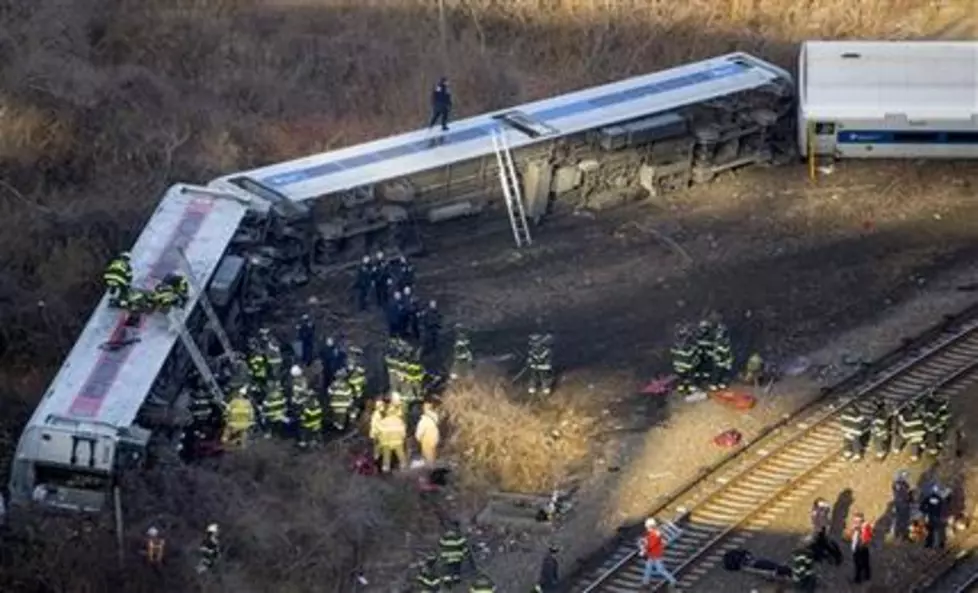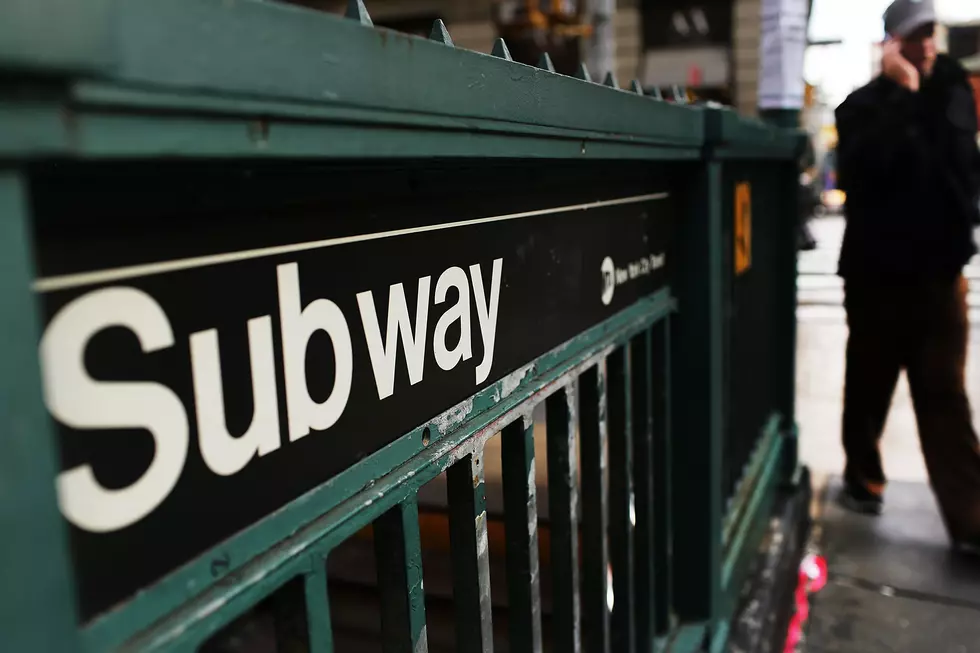
NTSB: Engineer in 2013 NYC derailment had sped before
NEW YORK (AP) -- The engineer whose commuter rail train was speeding when it derailed in the Bronx, killing four people, went 24 mph over the speed limit on the same run a few days earlier, a federal agency indicated Friday.
Charts released by the National Transportation Safety Board showed the results of tests that used data recorders to look back at the speeds of trains run by Metro-North Railroad engineer William Rockefeller in the week before the Dec. 1 accident.
The chart shows that Rockefeller broke the speed limit on four of the six runs tested. And at one point his train was going 54 mph in a 30 mph zone.
In the Dec. 1 derailment, the train was heading into a 30 mph curve at 82 mph. More than 70 people were injured.
The NTSB would not comment Friday on the findings. Spokesman Peter Knudson said the charts speak for themselves. The agency has not yet determined a cause for the derailment, but reported earlier that Rockefeller suffered from sleep apnea and said he felt "dazed" right before the crash.
Rockefeller's lawyer, Jeffrey Chartier, said, "There's more information than these tidbits that have been released and I will comment at the appropriate time."
The speed charts were among dozens of documents involving several accidents that the NTSB released Friday.
A report on the condition of the train after the derailment found that blood stained the seats, floors and doors. The cars were littered with dirt, rocks and even tree branches and lost almost all their windows on one side.
A New York City police detective who entered one of the damaged cars right after the accident told the NTSB, "There was people's personal items and there was people laying around. ... There was not one window left on the train."
Another document listed the crews' cellphone calls and texts and appeared to confirm that the engineer and conductors were not using phones at the time of the crash.
In a document relating to an accident in March, a Metro-North engineer told investigators that an electrician who was struck and killed by a train while working on tracks in Manhattan never looked up despite the blast of the train's horn.
William Maher said he was coming out of a tunnel when he noticed three workers too close to the track. He said two got out of the way, but one, later identified as James Romansoff, 58, leaned or fell into the train's path.
Maher also told investigators that track workers used to stop what they were doing when a train passed, acknowledge the engineer, and go back to work once the train has passed. He said most workers now continue what they are doing without ever looking up.
"To me," he said. "That's a little discomforting."
The other two workers on the tracks that night told investigators they were informed the track they were working on was out of service and were surprised when the train switched from another track.
---
Associated Press Writer Pat Eaton-Robb contributed to this report from Hartford, Connecticut.
More From New Jersey 101.5 FM









